Travel: The city of good airs
Top things to do and places to see in Buenos Aires.
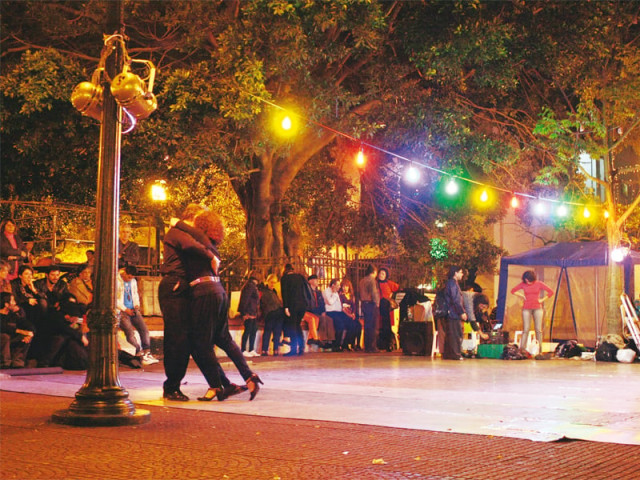
Top things to do and places to see in Buenos Aires. PHOTO: MYRA KHAN
Buenos Aires, literally meaning ‘good airs’ in Spanish, mixes the best of the old and new world — as history is kept alive alongside a newer cosmopolitan diaspora. Located right at the mouth of Rio de la Plata, the city is soaked in beautiful graffiti and equally stunning porteños (Buenos Aires locals) which make it one of the most aesthetic spots in the world.
San Telmo
In San Telmo you will find a part of your soul that prefers times past. Though the area has many museums and vintage shops, the market on Sundays is what you must go for. At the stalls in the market square you will find antique earrings, lockets, glasses, pocket mirrors and other trinkets to your heart’s content. Books, used postcards and old journals of natives and travelers alike fill these stalls, giving you an option to find buried treasures. You will feel tempted to indulge in the used books just to run your hands through the rusty pages and feel what it must have been like to live in Buenos Aires 50 years ago.
Once shopping is complete and the stalls start to close, the centre of the square comes to life as tango takes over. Old gentlemen, who you can only assume have tangoed their entire lives, invite tourists to join in for free on-the-spot lessons. It is definitely a place for you to lose your inhibition and let the music take over.
Plaza de Mayo

Plaza de Mayo is the centre of political life in Buenos Aires and subsequently the most famous plaza in the city. The famous Casa Rosada — the presidential palace and government house — is also located at this square, and has a museum which is open to all. Other famous buildings close by include the National Bank of Argentina, the metropolitan cathedral, the city hall as well as the Secretariat of Intelligence — the Argentine intelligence agency.
In the 1970s during a right-wing military regime, hundreds of men and women went missing across Argentina, all without a name, face or trace. The ‘Mothers of the Plaza de Mayo’ is a famous movement of mothers whose children disappeared during the military era. Although their campaigning officially ended in 2006, some members still hold weekly marches on Thursday and important public holidays to remind people of the struggle against the regime. A white scarf is etched into the ground in the centre of the plaza to commemorate them.
Recoleta

The area of Recoleta itself is a posh neighbourhood of Buenos Aires but it is mostly famous for its cemetery. This isn’t any ordinary cemetery though as the graves can rise as high as two storeys. Known as the graveyard for the rich and famous, it is often referred to as the cemetery city, as the lanes and rows of the rather large cemetery make you feel as if you are walking through a miniature city of the dead.
Outside the cemetery however, a market is set up every weekend with stalls from local artisans. The stalls don’t carry antiques, but new clothes, jewellery and paintings that you can try to haggle down to the lowest prices.
Street music, acting and dance performances fill the air and you can sit outside with a cup of Argentinian tea (sipped through a straw out of a cup full of leaves) to get the complete Buenos Aires experience.
La Boca

La Boca — ‘the mouth’ is famous for its colourful streets, restaurants and a passion for tango dancing. Originally known as the area where immigrants would arrive and settle as it was a small port, La Boca is now one of Buenos Aires’ top tourist sites.
The neighbourhood is best known for its diversity. On one side you have the street museum known as the caminito, meaning little path or walkway in Spanish, famous for its buildings that seem to explode with colour. On the other side of La Boca you see a hardened, shipping dock which highly contrasts the caminito and is a reminder of the darker side of the neighbourhood, notorious for its street crime.
The area also enjoys a vibrant football culture and is home to the Boca Juniors — a club where many players from the national Argentinian team come from. Much of the graffiti on the walls is football related, remembering the legends who have passed through the club. Most famously, a Maradona look-alike will pose with you in pictures for a mere 20 pesos (Rs319).
With mild temperatures all year round and everything from football to tango on the cards, a trip to Argentina should be on every travel zealot’s bucket list.
Myra Khan works in the education sector and loves to write on the side. She tweets @myrakhan
Published in The Express Tribune, Sunday Magazine, January 19th, 2014.

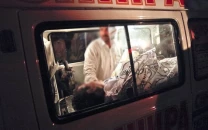
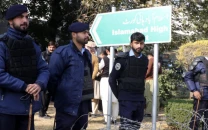
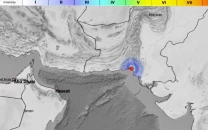
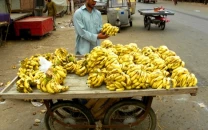
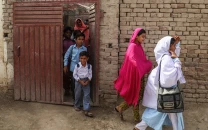
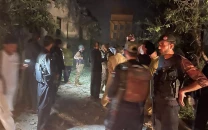

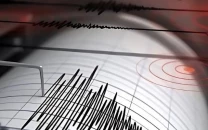
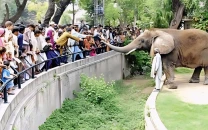









COMMENTS
Comments are moderated and generally will be posted if they are on-topic and not abusive.
For more information, please see our Comments FAQ